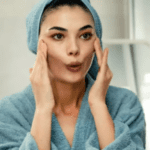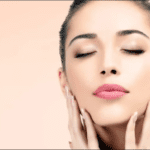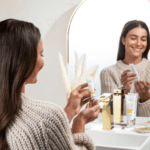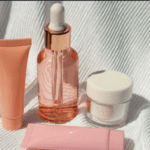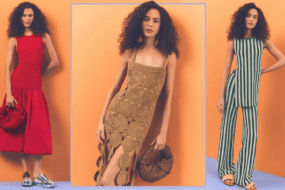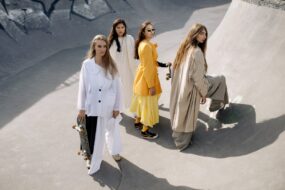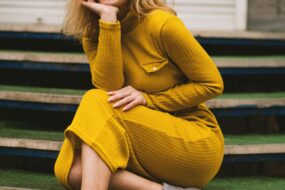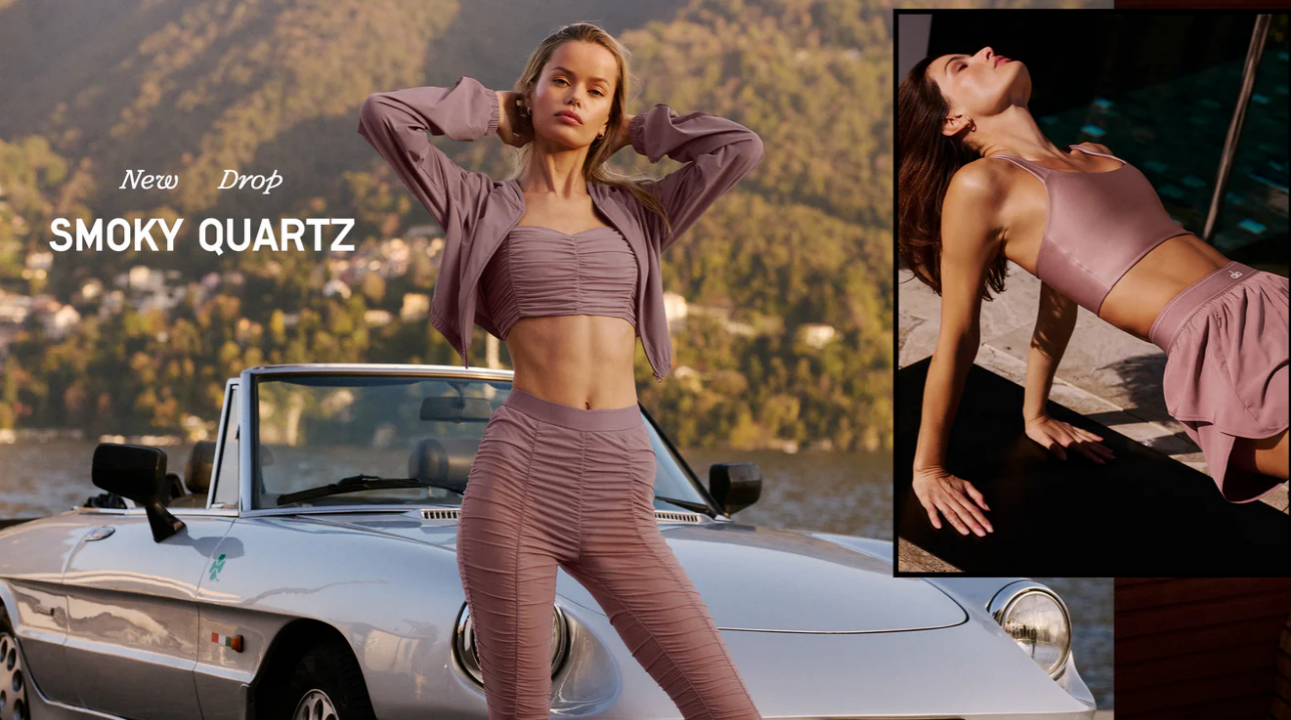
Fashion is more than just clothing; it is a powerful form of self-expression. The colors you wear influence how you feel, how others perceive you, and even how situations unfold around you. Color psychology in fashion explores the emotional, psychological, and even physiological effects of different hues in our wardrobe choices. Whether you realize it or not, your wardrobe is speaking for you. Let’s explore what your color choices say about you and how you can use them to your advantage.
The Power of Color in Fashion
Color psychology is the study of how colors affect human behavior and perception. It is widely used in marketing, interior design, and branding, but it also plays a crucial role in fashion. Colors have the power to evoke emotions, set moods, and communicate personality traits. When choosing clothing, people subconsciously select colors that reflect their current mood or personality.
Additionally, color preferences can be influenced by culture, personal experiences, and even seasonal trends. Understanding the symbolism of colors can help you create a wardrobe that aligns with your intentions and desired image.
The Meanings Behind Popular Fashion Colors
1. Black: Power, Sophistication, and Mystery
Black is a timeless classic in fashion. It symbolizes power, elegance, and authority. Many professionals and fashion-forward individuals opt for black as it exudes sophistication and versatility.
- Personality Traits: People who frequently wear black are often perceived as confident, ambitious, and mysterious. They may prefer a minimalist, refined aesthetic and value privacy.
- Best Occasions: Business meetings, formal events, and occasions where you want to make a bold, elegant statement.
2. White: Purity, Simplicity, and Freshness
White represents cleanliness, simplicity, and new beginnings. It is often associated with minimalism and modernity.
- Personality Traits: Those who wear white are seen as organized, optimistic, and peaceful. They may value simplicity and a clutter-free lifestyle.
- Best Occasions: Summer events, weddings, or any occasion where a fresh and polished look is desired.
3. Red: Passion, Confidence, and Energy
Red is the color of power, love, and intensity. It is eye-catching and can evoke strong emotions.
- Personality Traits: Red wearers are often confident, bold, and passionate. They enjoy being the center of attention and exude high energy.
- Best Occasions: Romantic dates, social gatherings, or any situation where you want to stand out and make a statement.
4. Blue: Calmness, Trust, and Stability
Blue is one of the most universally loved colors, symbolizing tranquility, trustworthiness, and professionalism.
- Personality Traits: People who wear blue are often perceived as dependable, loyal, and intelligent. They appreciate stability and reliability.
- Best Occasions: Job interviews, corporate settings, and casual outings where a calm and collected demeanor is needed.
5. Green: Harmony, Growth, and Balance
Green represents nature, renewal, and a sense of peace.
- Personality Traits: Those who gravitate towards green are often seen as balanced, nature-loving, and compassionate. They tend to have a nurturing side.
- Best Occasions: Outdoor events, casual meetups, and when you want to evoke a feeling of freshness and vitality.
6. Yellow: Optimism, Happiness, and Creativity
Yellow is a cheerful color that symbolizes joy, creativity, and energy.
- Personality Traits: Yellow wearers are often perceived as outgoing, enthusiastic, and artistic. They embrace positivity and are full of ideas.
- Best Occasions: Daytime events, vacations, and gatherings where you want to project a lively and warm personality.
7. Purple: Royalty, Luxury, and Imagination
Purple has long been associated with royalty, creativity, and depth.
- Personality Traits: Those who wear purple are often artistic, imaginative, and sophisticated. They may have a mystical or spiritual side.
- Best Occasions: Evening events, artistic gatherings, and situations where you want to express elegance and uniqueness.
8. Pink: Femininity, Love, and Compassion
Pink represents tenderness, romance, and charm.
- Personality Traits: Pink wearers are seen as affectionate, nurturing, and warm-hearted. They often have a playful or romantic side.
- Best Occasions: Dates, social events, and whenever you want to exude kindness and approachability.
9. Orange: Enthusiasm, Energy, and Adventure
Orange is a dynamic and vibrant color that embodies excitement and boldness.
- Personality Traits: Those who favor orange tend to be adventurous, social, and energetic. They are not afraid to take risks.
- Best Occasions: Sporting events, parties, and any lively social settings.
10. Gray: Neutrality, Balance, and Sophistication
Gray is a versatile color that represents maturity, practicality, and composure.
- Personality Traits: People who wear gray are often seen as wise, composed, and reliable. They prefer a balanced and neutral approach to life.
- Best Occasions: Business meetings, professional settings, and when you want to convey seriousness and sophistication.
How to Use Color Psychology in Your Wardrobe
Now that you understand what different colors symbolize, you can use this knowledge to enhance your personal style and influence perceptions.
1. Dressing for Success
- Wear black for power and authority.
- Choose blue for trustworthiness and professionalism.
- Opt for gray to appear neutral and composed.
2. Expressing Emotion
- Red conveys passion and energy.
- Yellow evokes happiness and warmth.
- Green promotes balance and relaxation.
3. Making an Impression
- Purple and gold for luxury and creativity.
- White for freshness and simplicity.
- Pink for playfulness and warmth.
Cultural Differences in Color Psychology
While color psychology is universal in many aspects, cultural interpretations can vary:
- Western cultures associate white with purity but in some Asian cultures, it symbolizes mourning.
- Red is a lucky color in China but can signify danger in Western societies.
- Yellow is joyful in the West but can symbolize jealousy in France.
Conclusion
Color psychology in fashion is an essential tool in shaping perceptions and emotions. Whether consciously or subconsciously, the colors you choose play a crucial role in your self-expression and social interactions. By understanding the meanings behind different hues, you can craft a wardrobe that aligns with your personality, emotions, and goals. So next time you get dressed, consider what message you want to send to the world—because your wardrobe speaks before you do!






